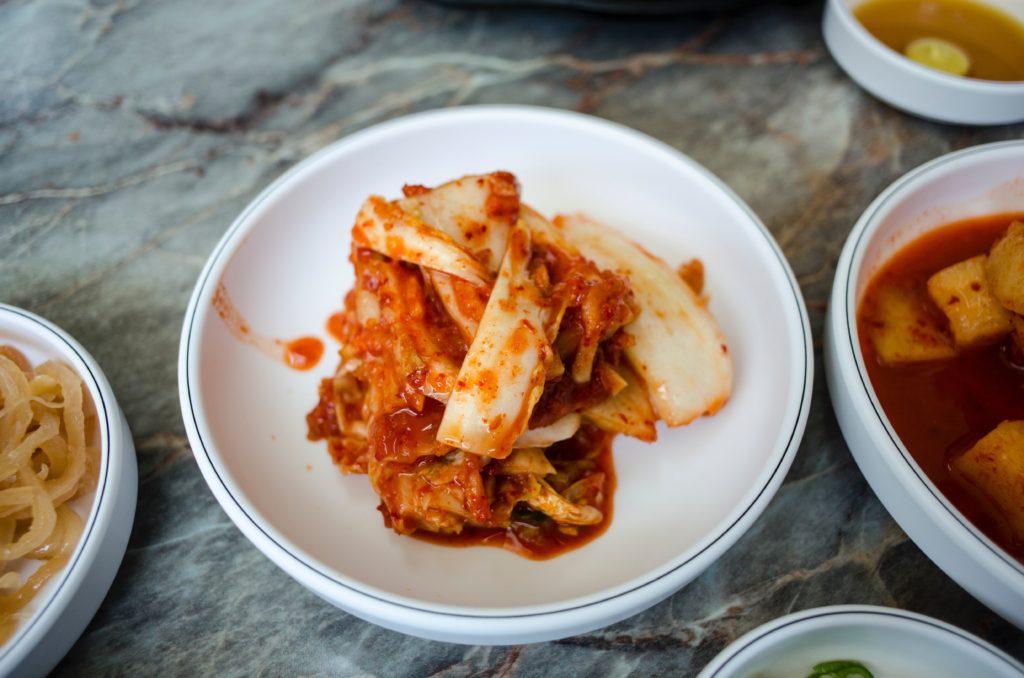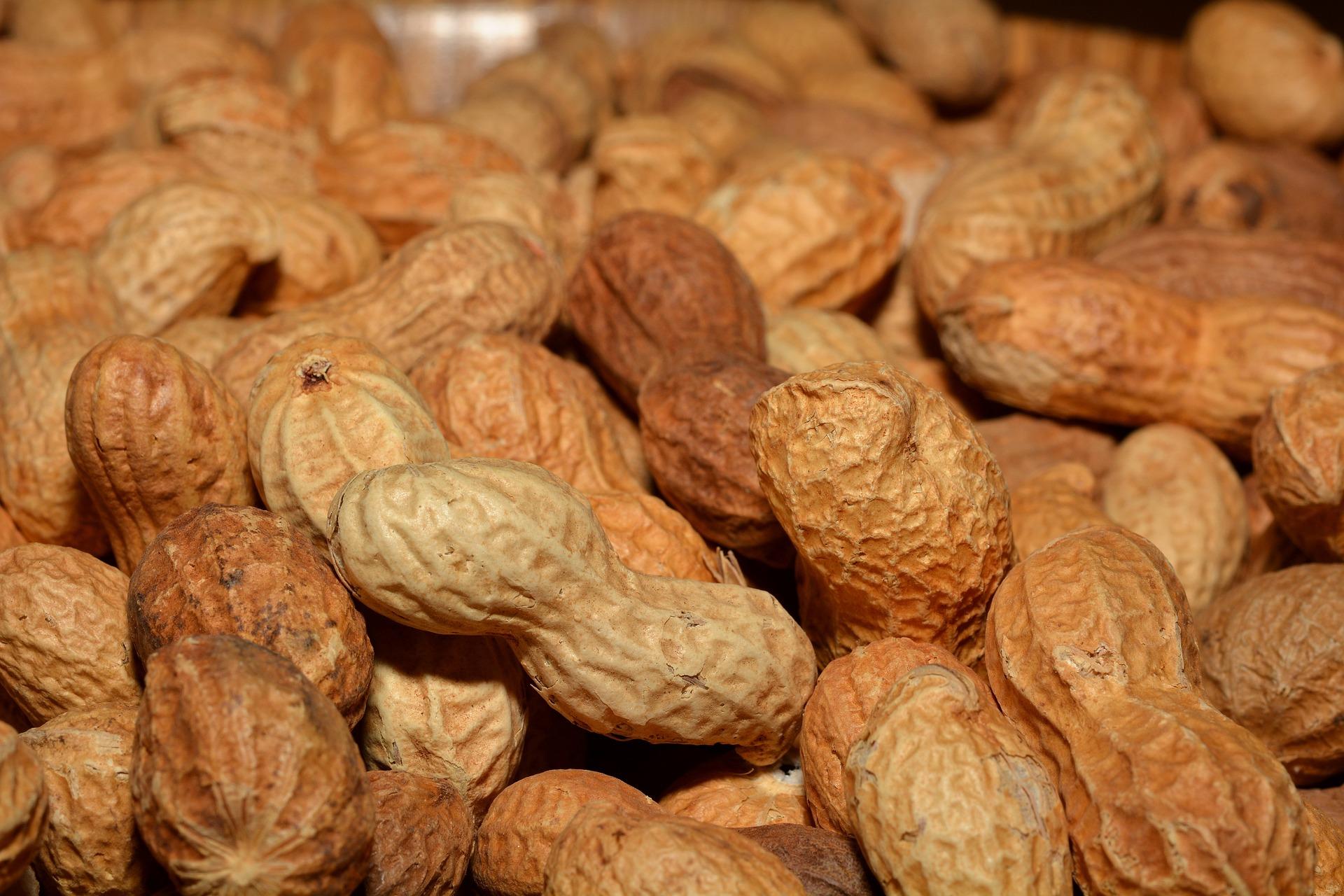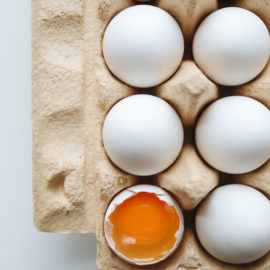
Having an experience living in South Korea, I could definitely say that Koreans truly love kimchi. Every meal is not complete without kimchi as a side dish. And it comes in a lot of variations. In fact, kimchi is actually a generic term that refers to fermented vegetables, usually cabbage, carrots, cucumber, and radish. To tell you the truth, I am a picky eater. I prefer meat over vegetables. But I have this love for kimchi. With that having said, I could tell what kimchi exactly taste like. So if you have never tasted one before, here is what to expect.
KIMCHI IS SPICY AND SOUR
Kimchi is probably that most popular dish that originated in Korea. It is a product usually made from fermented Napa cabbage (baechu kimchi), which is what most people from the West are familiar with. It can also be made from green onions, garlic stems, chives, and a variety of other vegetables. But the most popular ones are Chinese cabbage, cucumber, and large turnips.
You might also like: Everything You Need To Know About Kimchi
In general, kimchi taste spicy and sour. Due to the relatively high amount of chili pepper used in the product and its visibility, most kimchi is distinguished by its spicy flavor. The early versions of kimchi were not spicy. But the 17th-century Portuguese traders who brought chili to Asia inspired the Koreans to make Kimchi spicy.
Heat levels of kimchi vary. It can range from mild to extremely spicy. However, kimchi with a moderate heat level is the most common. If you want something milder, start with fermented vegetables that aren’t as spicy, such as radish (kkadugi) or cucumber (oi kimchi). If you prefer a more intense experience, look for kimchi recipes with higher levels of chili pepper. Stewed kimchi is frequently added with jalapenos or gochujang (red pepper paste) at the end.
LACTIC ACID FERMENTATION MAKES KIMCHI SOUR
Kimchi is also has that distinct sour flavor. Lactic acid, along with acetic acid, ethanol, and succinic acid, contributes to the sharp, sour flavor of kimchi. This sour yet tangy flavor is a result lactic acid fermentation. The sour flavor is similar to sauerkraut, another product made from fermented cabbage.
Fermentation is one method of preserving food and modifying its quality. During this process, there is breaking down of organic materials into smaller molecules by beneficial microorganisms. In the case of kimchi fermentation, lactic acid bacteria metabolize the sugar in the vegetables to produce primarily lactic acid.
Under anaerobic conditions, Leuconostoc mesenteroides, a lactic acid bacteria (LAB), initiates the fermentation of kimchi. This organism differs from other LAB species in that it can tolerate relatively high salt and sugar concentrations. Leuconostoc mesenteroides initiates growth in vegetables faster than any other LAB over a wide range of temperatures and salt concentrations. Other LABs present in kimchi include Leuconostoc kimchii, Leuconostoc lactic, Leuconostoc pseudomesenteroides, , Lactobacillus brevis, Lactococcus inhae, Lactobacillus kimchii, Lb. plantarum, Weisella koreensis, Weisella kimchi, Tetragenococcus koreensis.
Kimchi is ready to eat at any stage of fermentation, depending on the preferences of the individual consumer.
According to a Korean study in 2008, Kimchi tastes best after 2 to 3 weeks of fermentation at 35.6°F (2°C) to 44.6°F (7°C), with a pH (acidity) of 4.2 and titratable acidity of 0.6% to 0.8%.
MIX OF SPICES AND PICKED VEGETABLES MAKE THE FLAVOR MORE COMPLEX
Kimchi can have a very strong flavor that is both spicy and sour, depending on how it is made. But it is more than that. There are a lot of ingredients that may be included in the dish actually, and some of them give that familiar umami taste that balances the sourness and pungency. This umami taste is due to the addition of soy sauce, fish sauce, and sometimes salty seafood like anchovies in the preparation process. This savory blend combines with other ingredients to produce the distinct umami flavor that we all associate with kimchi.
You might also like: Are Korean Instant Noodles Good For You?
The many choices of ingredients that can be added has led to over 100 variations of kimchi. The dish’s pickled vegetables, fermented condiments, spices, and other ingredients all contribute to the dish’s complexity of flavors. Common ingredients in traditional kimchi include garlic, ginger, leaf mustard and chili peppers. They are added after the cabbage and radish have been cut into chunks and salted.
Today, kimchi is no longer limited to the Korean diet. It has been widely accepted as a popular salad by non-Korean consumers all over the world.
So that’s it. That is how kimchi taste like —it tastes sour, spicy with a hint of umami.
References:
V. Vaclavik and E. Christian (2014). Essentials of Food Science (4th edition). Springer.
Y. H. Hui (2012). Handbook of Plant-Based Fermented Food and Beverage Technology (2nd edition). CRC Press.
G. Cooper (2018). Food Microbiology. Library Press.


